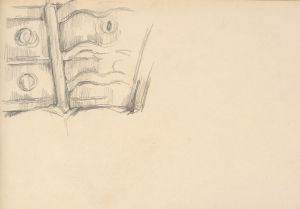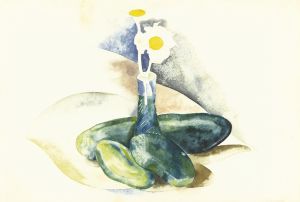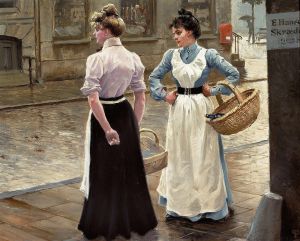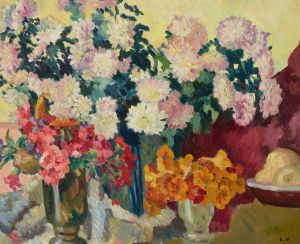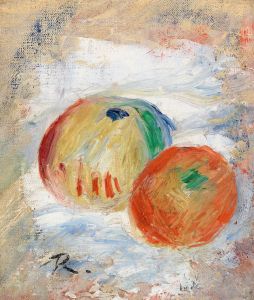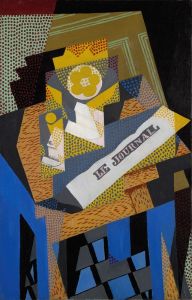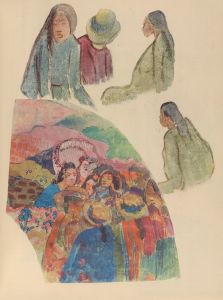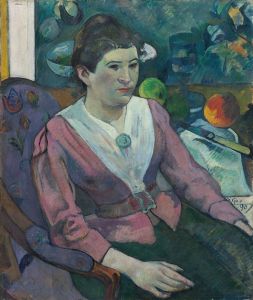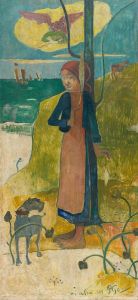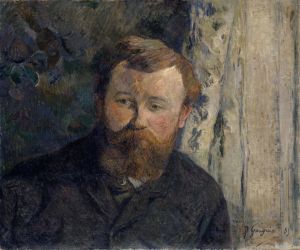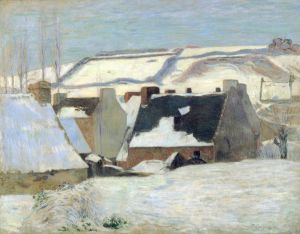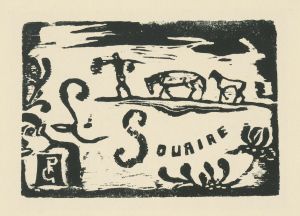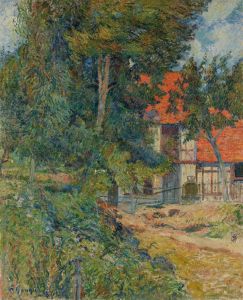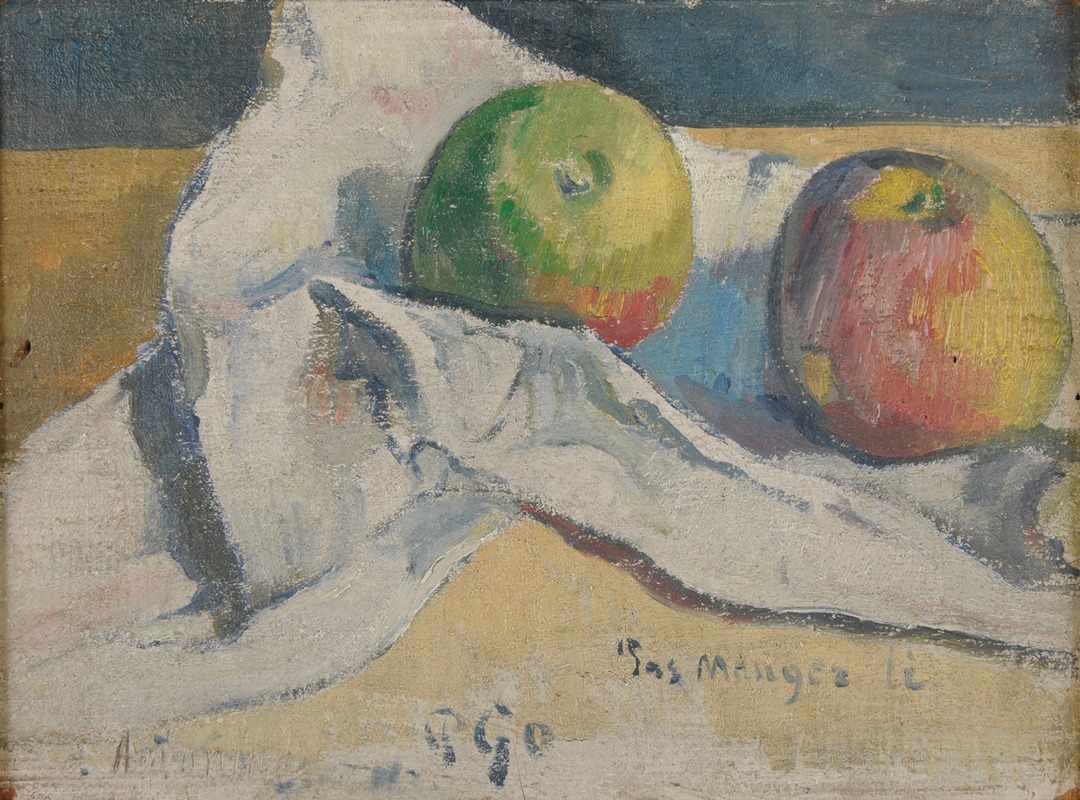
Nature morte aux pommes
A hand-painted replica of Paul Gauguin’s masterpiece Nature morte aux pommes, meticulously crafted by professional artists to capture the true essence of the original. Each piece is created with museum-quality canvas and rare mineral pigments, carefully painted by experienced artists with delicate brushstrokes and rich, layered colors to perfectly recreate the texture of the original artwork. Unlike machine-printed reproductions, this hand-painted version brings the painting to life, infused with the artist’s emotions and skill in every stroke. Whether for personal collection or home decoration, it instantly elevates the artistic atmosphere of any space.
"Nature morte aux pommes" (Still Life with Apples) is a painting by the renowned French Post-Impressionist artist Paul Gauguin. Created in 1889, this work is a notable example of Gauguin's exploration of still life as a genre, showcasing his distinctive style that diverged from traditional Impressionism. Gauguin is known for his bold use of color and innovative approach to composition, both of which are evident in this painting.
The painting depicts a simple arrangement of apples, a common subject in still life painting, yet Gauguin's treatment of the subject matter is anything but ordinary. The apples are rendered with vibrant, non-naturalistic colors, a hallmark of Gauguin's style that reflects his interest in the symbolic use of color rather than mere representation. This approach aligns with the broader Post-Impressionist movement, which sought to transcend the limitations of Impressionism by emphasizing emotional expression and structural composition.
Gauguin's "Nature morte aux pommes" is characterized by its flat planes of color and a lack of perspective, which create a sense of two-dimensionality. This technique draws attention to the surface of the painting itself, encouraging viewers to appreciate the interplay of colors and shapes. The composition is carefully balanced, with the apples arranged in a way that guides the viewer's eye across the canvas, creating a dynamic yet harmonious visual experience.
During the period when Gauguin painted "Nature morte aux pommes," he was deeply influenced by his travels and exposure to different cultures, particularly his time in Brittany, France, and later in Tahiti. Although this particular painting was created before his first trip to Tahiti, the stylistic elements present in the work foreshadow his later, more radical departures from European artistic conventions. Gauguin's interest in primitivism and his quest for authenticity in art are reflected in his simplified forms and bold palette.
The painting is also significant in the context of Gauguin's personal life and artistic development. In 1889, Gauguin was part of the Pont-Aven School, a group of artists who gathered in Brittany and were known for their innovative approaches to color and form. This period was crucial for Gauguin as he developed his Synthetist style, characterized by the synthesis of form and color to convey meaning. "Nature morte aux pommes" exemplifies this approach, as Gauguin uses the still life genre to explore broader themes of perception and reality.
Today, "Nature morte aux pommes" is appreciated not only for its aesthetic qualities but also for its contribution to the evolution of modern art. Gauguin's work has had a lasting impact on subsequent generations of artists, influencing movements such as Fauvism and Expressionism. The painting is held in high regard by art historians and is studied for its innovative use of color and form.
In summary, "Nature morte aux pommes" is a testament to Paul Gauguin's artistic vision and his role in the transition from Impressionism to the more abstract and expressive styles that defined the early 20th century. Through his unique approach to still life, Gauguin challenged traditional artistic conventions and paved the way for new forms of artistic expression.





